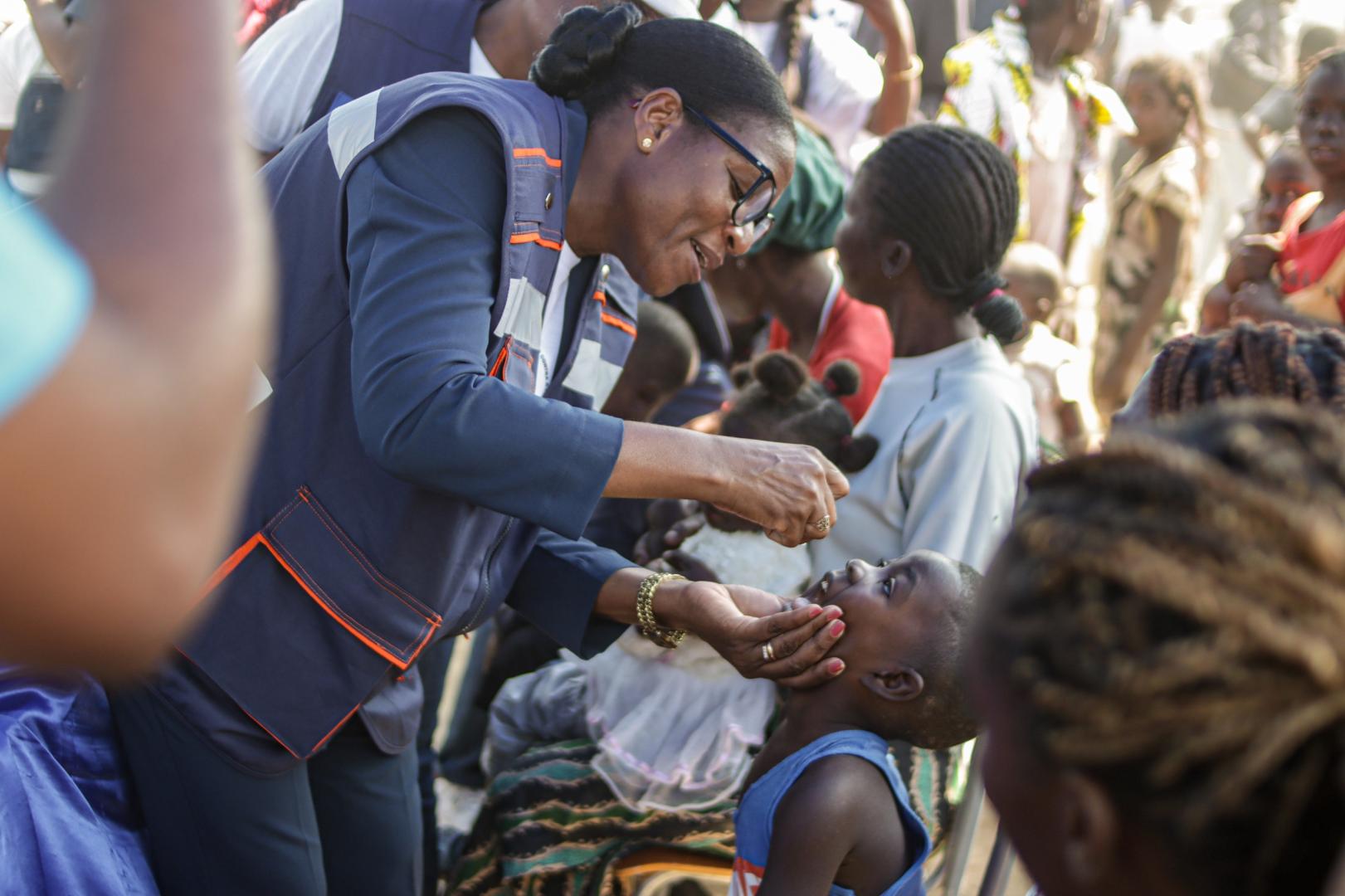Angola responds strongly to the polio virus emergence – WHO | Regional Office for Africa

Polio Vaccination Campaign Launched in Benguela Province, Angola
Introduction
In response to a recent polio outbreak in Benguela province, Angola has initiated a comprehensive polio vaccination campaign aimed at protecting over 554,000 children under the age of five. This campaign underscores Angola’s commitment to eradicating polio and aligns with the Sustainable Development Goals (SDGs), particularly SDG 3: Good Health and Well-being.
Background and Current Situation
- Angola was certified polio-free in 2015 after interrupting wild poliovirus transmission in 2011.
- The recent outbreak has resulted in 13 confirmed poliovirus cases across Benguela, Cubal, Dombe Grande, and Bocoio municipalities.
- The outbreak poses a significant public health challenge, threatening progress made towards SDG 3.
Campaign Objectives and Implementation
The Ministry of Health, supported by the World Health Organization (WHO) and the Global Polio Eradication Initiative (GPEI), is conducting an intensive door-to-door vaccination campaign from 27 to 29 June 2024. The campaign aims to:
- Vaccinate over 554,000 children under five years old.
- Prevent the spread of poliovirus nationally and internationally.
- Reinforce Angola’s commitment to disease eradication and child health.
Strategic Approach Aligned with SDGs
The campaign follows the WHO’s five strategic steps for polio eradication, which contribute directly to achieving SDG 3 and indirectly support other SDGs such as SDG 17: Partnerships for the Goals:
- Strengthening routine immunization: Focus on children who have not received any doses of the polio vaccine.
- Conducting high-quality campaigns: Including independent monitoring and rapid corrective actions.
- Enhancing polio surveillance: Surveillance of acute flaccid paralysis and environmental monitoring.
- Increasing community involvement: Engagement of local, religious, and traditional leaders to boost vaccination uptake.
- Ensuring sustainability: Integrating lessons learned from polio eradication into broader public health programs.
Significance of Benguela Province
- Benguela is a critical area due to its population density and history of poliovirus circulation.
- The province serves as a logistics hub for surrounding regions, increasing the risk of virus spread.
- Targeting Benguela aligns with SDG 3’s goal of reducing communicable diseases through focused health interventions.
Resources and Partnerships
- Approximately 5,000 health professionals and community volunteers have been mobilized.
- The campaign is funded with an investment of about $3.6 million, primarily provided by GPEI through WHO and UNICEF.
- This collaboration exemplifies SDG 17 by fostering strong partnerships between governments, international organizations, and communities.
Statements from Key Officials
Dr. Fekadu Lemma, GPEI Coordinator in Angola, emphasized the campaign as “an act of protection, solidarity, and hope for Angola’s future,” highlighting the severe consequences of polio, including paralysis.
Dr. Cátia Katchiuko, Deputy Governor for Economic and Social Affairs of Benguela, reaffirmed the government’s dedication to child health and the collective nature of polio eradication efforts.
Dr. Indrajit Hazarika, WHO Representative in Angola, described vaccination as “an act of love” that guarantees children a fundamental right and a healthier future, reinforcing the ethical imperative behind SDG 3.
Conclusion
The polio vaccination campaign in Benguela province represents a critical step towards achieving a polio-free Angola and contributes significantly to the global effort to eradicate polio. It highlights the importance of sustained commitment, community engagement, and international cooperation in meeting the Sustainable Development Goals, particularly SDG 3 and SDG 17. The success of this campaign will bring Angola closer to a healthier, more equitable future for all children.
1. Sustainable Development Goals (SDGs) Addressed or Connected to the Issues Highlighted in the Article
- SDG 3: Good Health and Well-being
- The article focuses on a polio vaccination campaign aimed at eradicating polio and protecting children’s health, directly relating to SDG 3 which aims to ensure healthy lives and promote well-being for all at all ages.
- SDG 17: Partnerships for the Goals
- The campaign involves collaboration between the Angolan government, WHO, GPEI, UNICEF, and community volunteers, highlighting the importance of partnerships to achieve health goals.
2. Specific Targets Under Those SDGs Identified Based on the Article’s Content
- Under SDG 3: Good Health and Well-being
- Target 3.3: End the epidemics of communicable diseases including polio by 2030. The article’s focus on eradicating polio aligns with this target.
- Target 3.b: Support the research and development of vaccines and medicines for communicable diseases and provide access to affordable essential medicines and vaccines. The vaccination campaign and support from GPEI and WHO reflect this target.
- Under SDG 17: Partnerships for the Goals
- Target 17.17: Encourage and promote effective public, public-private and civil society partnerships. The joint efforts of government, WHO, UNICEF, and community volunteers demonstrate this target.
3. Indicators Mentioned or Implied in the Article to Measure Progress Towards the Identified Targets
- Indicators for SDG 3 Targets
- Indicator 3.3.1: Number of new cases of poliovirus infection. The article mentions 13 confirmed poliovirus cases, which can be tracked to measure progress.
- Indicator 3.b.1: Proportion of the target population covered by vaccination against polio. The campaign aims to vaccinate over 554,000 children under five, which is a measurable indicator of vaccine coverage.
- Indicators for SDG 17 Targets
- Indicator 17.17.1: Amount of funding mobilized through partnerships. The article mentions an investment of approximately $3.6 million funded mainly by GPEI, WHO, and UNICEF, which reflects partnership financing.
- Additionally, the mobilization of around 5,000 health professionals and volunteers can be considered an indicator of partnership engagement and community involvement.
4. Table of SDGs, Targets, and Indicators
| SDGs | Targets | Indicators |
|---|---|---|
| SDG 3: Good Health and Well-being |
|
|
| SDG 17: Partnerships for the Goals |
|
|
Source: afro.who.int








